Bolted joints are extensively used in the piping industry. Flanged joints can only be thought of with proper bolting. So the selection of appropriate bolts plays an important role in proper joining and preventing leakage. In this article, I will try to list some requirements governing the selection of bolting to complete a flanged joint.
The bolt selection criteria can be grouped into two limitation categories:
- Physical Limitations.
- Material Limitations.
Let me broadly classify this:
Physical Limitations during Bolt Selection
Threading Requirements: All threads shall be in accordance with ASME B1.1.
Jack Screws: Jackscrews shall be used to facilitate flange separation for maintenance. Joint assemblies that often require frequent separation include orifice plates, spectacle plates, spacers, screens, and drop-out spools. The piping layout shall be designed such that flanges can be separated without excessive force. Jackscrews shall be installed to be accessible from both sides of the pipe. For orifice flanges, jackscrews shall be installed at 3 and 9 o’clock positions. When flange separators are used, jackscrews are not required. Jack screws shall be the same material as the flange bolts.
Bolt Selection: Bolting for flanged joints shall be selected for service by service temperature, and corrosivity of the environment.
Bolt Lengths and Sizes: Bolt length and diameter are determined by the flange standard used. Each of the following flange standards has a method for the determination of bolt length.
- ASME B16.1,
- ASME B16.5,
- ASME B16.47,
- API 6A Type 6B,
- MSS SP-44,
- AWWA
Bolt Length: Bolts shall be expressed with inch diameters, and the length in millimeters rounded up to the nearest 5 mm.
Flanges Not Covered: Flanges not covered by the above standards shall be considered non-standard, and bolting is to be handled on an individual basis.
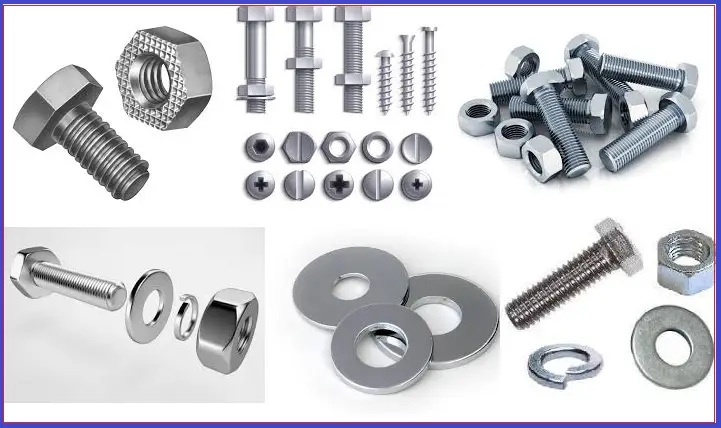
Washers: There are two types of washers as listed below
Flat Washers: Flat washers under the nuts are required for special cases only, such as on insulating flanges and under the nuts bearing against plastic flanges.
Belleville Washers: Belleville washers may be required for severe cyclic service, and bolt service temperatures above 4500 C.
Material Limitations for Bolt Selection
General Process: Bolting Materials for process and general services shall be ASTM A193 Grade B7 stud bolts with ASTM A194 Grade 2H nuts for service temperatures from minus 20 to plus 4500 C.
Low Temperature: Bolting Materials for low-temperature services shall be as follows:
- Stud bolts conforming to ASTM A320 Grade L7 with nuts to ASTM A194 Grade 4 or 7 shall be used for bolt service temperatures from minus 18 to minus 101 deg. C.
- ASTM A320 Grade L7M studs and A320 Grade 7M nuts may be used for low-temperature services from minus 18 to minus 73°C.
- Stud bolts conforming to ASTM A320 Grade B8 with nuts to ASTM A194 Grade 8 shall be used for bolt service temperatures from minus 101 to minus 195 deg. C
Bolting Materials for Upper Intermediate Temperature Services:
- ASTM A193 Grade B7 or B7M studs with A194 Grade 7 or 7M nuts for services up to 450 deg. C.
- ASTM A193 Grade B16 stud bolts with A194 Grade 7 nuts, for bolt service temperatures from 450 to 510 deg. C.
When spiral wound gaskets are used for high temperatures, the bolts must provide adequate stress to seat the gasket.
- When B8 class 2 bolts are used for temperatures over 650°C, strain-hardened bolts will be required to seat the gasket. Windings for high-temperature gaskets are most likely type 347 or Inconel.
- At temperatures over 650°C, strain hardened will anneal. As long as the joint is not broken, the annealed bolts have adequate strength to hold the joint.
Materials For Sour Service: The bolting materials for sour services shall be as follows:
- Standard quenched and tempered ASTM A193 Grade B7 stud bolts with 2H nuts shall be used for sour wet services when the bolting is as follows:
- Not directly exposed to hydrogen sulfide
- Not buried or insulated
- Not equipped with flange protectors, or not deprived of direct atmospheric exposure.
- ASTM A320 Grade L7 stud bolts with Grade 4 or 7 nuts can be used under the same conditions.
Stud bolts conforming to ASTM A193 Grade B7M with nuts to A194 Grade 2HM shall be used under the following conditions:
- Direct exposure to sour environments
- When the bolting will be buried or insulated
- When the flange is equipped with flange protectors, or otherwise deprived of direct atmospheric exposure.
- ASTM A320 Grade L7M bolts and Grade 7M nuts can be used under the same conditions.
Machine Bolts: Steel machine bolts conforming to ASTM A307 Grade B may be used on flat-faced cast-iron or non-metallic flanges in the non-sour environment. Nuts shall conform to ASTM A563 Grade D. This bolt and nut combination may be used in sour services when the Grade D nuts are not desulfurized. This system is also suitable when the use of “weak” bolting is specified to avoid overloading flanges. Such bolting may be zinc coated.
Expansion and Contraction: When fluid temperatures are below minus 45 deg. C, the selection of bolting material or the bolting design shall include consideration of differential contraction between flanges and bolts such that changes in gasket seating pressure will not result in leakage. Similarly, differential expansion shall be considered at operating temperatures above 300 deg. C.
Purchase Description for Bolts
The following information shall be included in the Purchase Description:
- Type of Bolt
- Fit
- Material
- Material Grade
- Size of the bolt, diameter X length
- Additional requirements
Some More Resources For You:
Piping Design and Layout
Piping Stress Analysis
Piping Interface
Piping Material
Piping Design Software

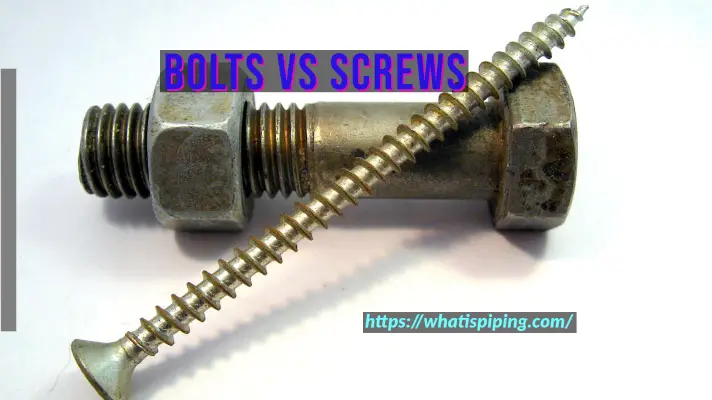

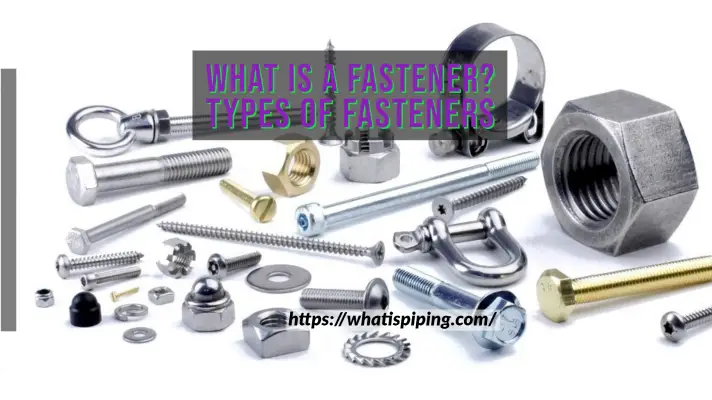
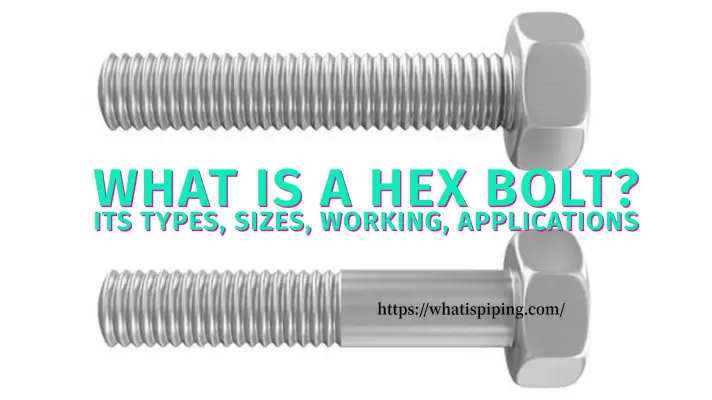
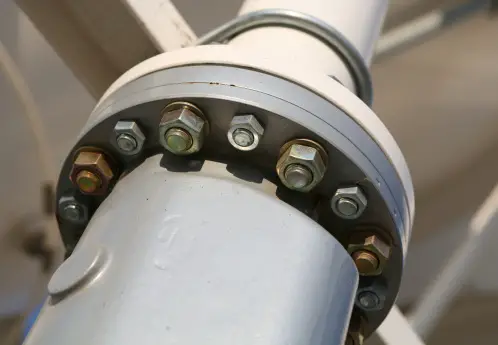

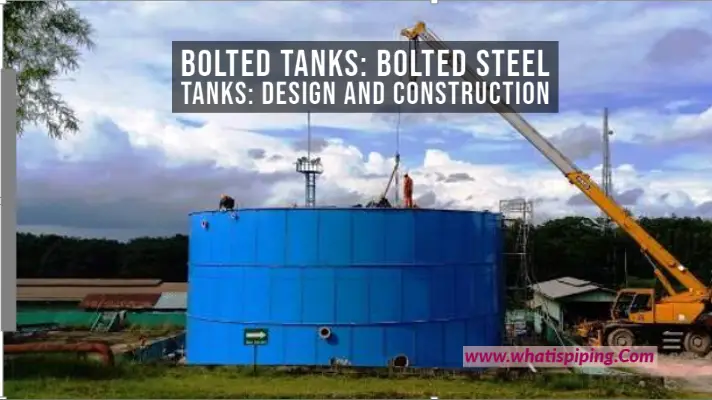

Hello,
My question is that can we use bolt instead of studbolt on flange connections. What is the differences between them. Thanks in advance.
Best Regards,
Erkut,
Assuming you mean heavy hex bolt, by bolt, you can. For instance, you can use an A193 B7 Hex bolt in place of an A193 B7 Stud Bolt. The main difference in functionality will be that each hex bolt only requires one 2H nut, rather than two, for installation. However, be sure to account for the length of the bolt, so the shank of the bolt is long enough to accommodate the installation of the 2H nut. Generally speaking, however, it is preferred to use a stud bolt for an installation like this one. Stud bolts are going to be more versatile for installation and less expensive.
where we have to use long bolts? how one can calculate the length for the same ?
you can calculate the by doing the stackup analysis
which material / Materials of nuts and bolts (similar Or dis similar) are recommended for joining the MS structure under water
Hi Anup,
Appreciate your interest for making such informative site.
Could you please help me find out the reference as per ASME code or ASTM standard for the selection of bolts & nuts materials for Super duplex Flanges material (UNS 32750). Service is brine water in RO plant. Environment condition is its near to sea as its a RO plant.
Your swift response is highly appreciated.